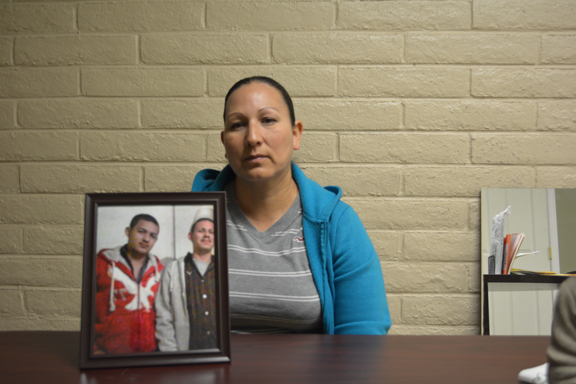Undocumented women exploited in the shadows
|
Griselda Reyna, never imagined she would be fleeing a group of armed men who had just kidnapped and murdered her two sons.
She knew she would be killed if she stayed in Ciudad Juarez. And that would leave her three young daughters without a mother.
Reyna, 42, grabbed her daughters, a trash bag full of clothes, and never looked back. She has lived in the United States since July 2013. She worries every day about being deported, separated from her children, and if she would survive a return to Mexico. Reyna is among millions of Mexican and Central American women who’ve fled to the United States, seeking refuge from deadly violence or economic insecurity.

